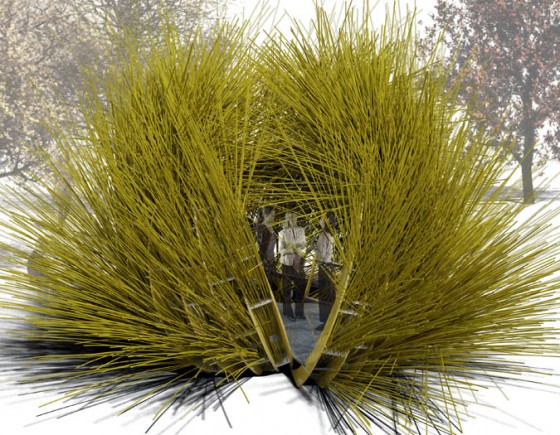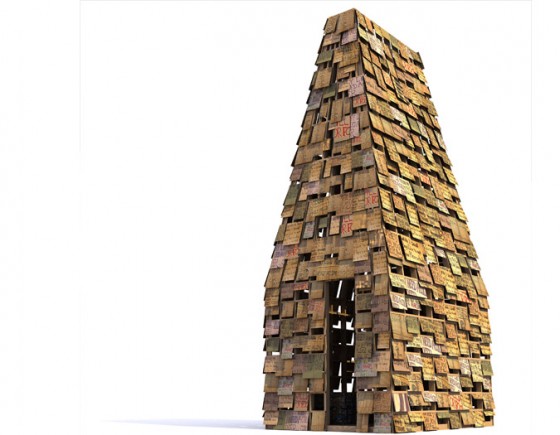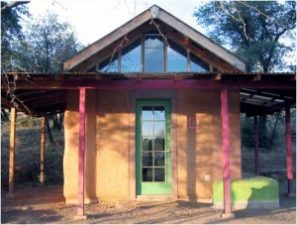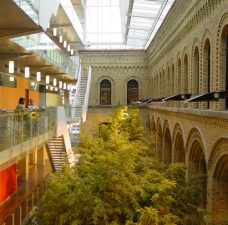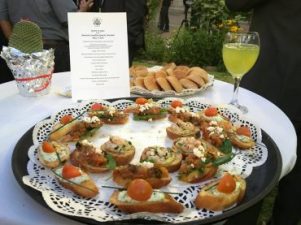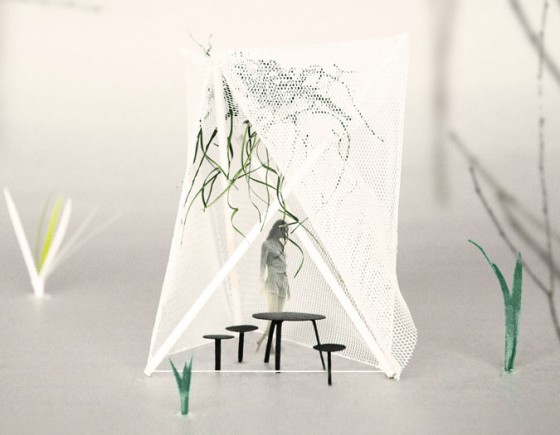 New York City will host “The People’s Sukkah Choice” on Union Square during the Festival of Sukkot.
New York City will host “The People’s Sukkah Choice” on Union Square during the Festival of Sukkot.
In Great Falls, Virginia, where my parents have lived for the last umpteen years, the beautiful wooden homes shrouded by giant leafy trees have been carelessly discarded in favor of cleared properties and attendant “McMansions.” Washington D.C.’s wealthy businessmen and politicians build these ghastly structures large enough to house an entire Palestinian village, and call it home. So large, and so unsightly, they create a blight on the neighboring landscape and inspire not an ounce of connectedness. Should the Chinese overrun America and send these people into exile, they’d have a hard time packing their wares.
The Sukkah, by contrast, is made of the earth and with the earth; they can not help but blend into the landscape. They are a symbol of transience: originally built to shelter the Jews during their 40 years wandering through the desert, they kept the people rooted to tradition. They still do. But asking a modern Jewish family to close up shop and return to the woolly wild may not be so realistic. As such, the Sukkah City International Design competition in New York City inspires a snazzy twist to an enduring custom.
While adhering to ancient rules, some of the world’s most brilliant architects and designers have submitted passionate renditions of the new Sukkah.
The design competition, initiated by Joshua Foer, a renowned journalist, and Roger Bennett, the co-founder of both Reboot and the Idelsohn Society for Musical Preservation, calls for “radical possibilities” for traditional design restrains.
By Biblical decree, as written by the organizers, those restraints include:
The structure must be temporary, have at least two and a half walls, be big enough to contain a table, and have a roof made of shade-providing organic materials through which one can see the stars.
Yet a deep dialogue of historical texts intricately refines and interprets these constraints–arguing, for example, for a 27 x 27 x 38-inch minimum volume; for a maximum height of 30 feet; for walls that cannot sway more than one handbreadth; for a mineral and botanical menagerie of construction materials; and even, in one famous instance, whether it is kosher to adaptively reuse a recently deceased elephant as a wall. (It is.)
The paradoxical effect of these constraints is to produce a building that is at once new and old, timely and timeless, mobile and stable, open and enclosed, homey and uncanny, comfortable and critical.
The top twelve designs, selected by a prodigious host of architects, artists, critics, and designers including Michael Arad, whose design “Reflecting Absence” was selected for the National September 11 memorial, will be displayed on Union Square on Sunday and Monday, the 19th and 20th of September. And the winning design, which will be decided by the people, will remain on the square throughout the festival of Sukkot, which beings on the 5th day after Yom Kippur.
This revolutionary competition, which has received support from a variety of philanthropic organizations and even an anonymous donor, will not only encourage international entrants next year, but will also encourage other cities to have their own Sukkah City enclaves.
“The process and results of the competition, along with construction documentation and critical essays, will be published in the forthcoming book “Sukkah City: Radically Temporary Architecture for the Next Three Thousand Years,” according to organizers, and certain entries will be displayed at the Center for Architecture in New York City throughout September.
:: All images were taken from the Sukkah City Design Competition site
More Architecture and Urban News:

